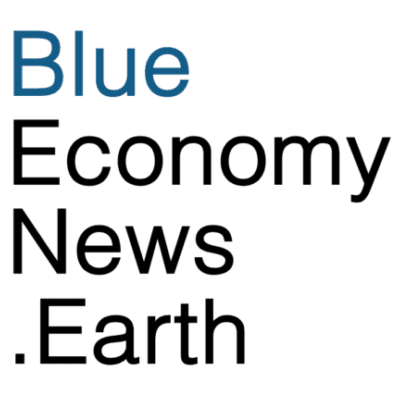The United Nations Educational, Scientific and Cultural Organization (UNESCO) has designated 26 new biosphere reserves across 21 countries–the highest number in 20 years. The organization also said that, with the entry into force of the BBNJ Treaty in January 2026, countries will be able to designate and manage protected areas in the high seas, backed by science and robust management plans.
Through its marine World Heritage sites, biosphere reserves and marine geoparks, UNESCO already safeguards more than 4.1 million square kilometers (km²) of ocean–an area equivalent to the Mediterranean Sea.
The World Network of Biosphere Reserves now includes 785 sites in 142 countries, with an additional one million km² of natural areas brought under protection since 2018 – equivalent to the size of Bolivia. With nearly thirty new designations this year, the World Network of Biosphere Reserves now protects 5% of the planet.
Six countries saw the designation of their first biosphere reserve: Angola, Djibouti, Equatorial Guinea, Iceland, Oman and Tajikistan. New reserves were also designated in Albania, China, Ethiopia, France, Greece, India, Indonesia, Jordan, Madagascar, Malaysia, Mongolia, Portugal, Saudi Arabia and Sweden. São Tomé and Príncipe becomes the first State to have its entire territory designated as a biosphere reserve.
The organization said that, within these reserves, new ways of balancing nature conservation with sustainable livelihoods are being forged every day.
Since 1971, biosphere reserves have played a central role in UNESCO’s environmental mission. Alongside natural World Heritage sites and Global Geoparks, they contribute to protecting more than 13 million km² of terrestrial and marine ecosystems under UNESCO’s umbrella, advancing the global Kunming-Montreal target of conserving 30% of land and sea by 2030.
Biosphere reserves safeguard some of the planet’s richest and most fragile ecosystems. They harbor a significant share of global biodiversity–including more than 60% of terrestrial vertebrate species, 12% of mapped mangroves, 10% of salt marshes and 8% of the world’s seagrass meadows.
They foster local and community initiatives and serve as learning grounds for younger generations, through educational programs tailored to schools as well as to local and Indigenous communities.
Partnerships with the private sector further strengthen these efforts. For example, the Amazonia Project, deployed across eight biosphere reserves with support from LVMH, combines Indigenous knowledge with modern science. It has already supported more than 40 local initiatives, creating sustainable green jobs in agroforestry and regenerative agriculture, while strengthening forest and biodiversity protection against wildfires.

